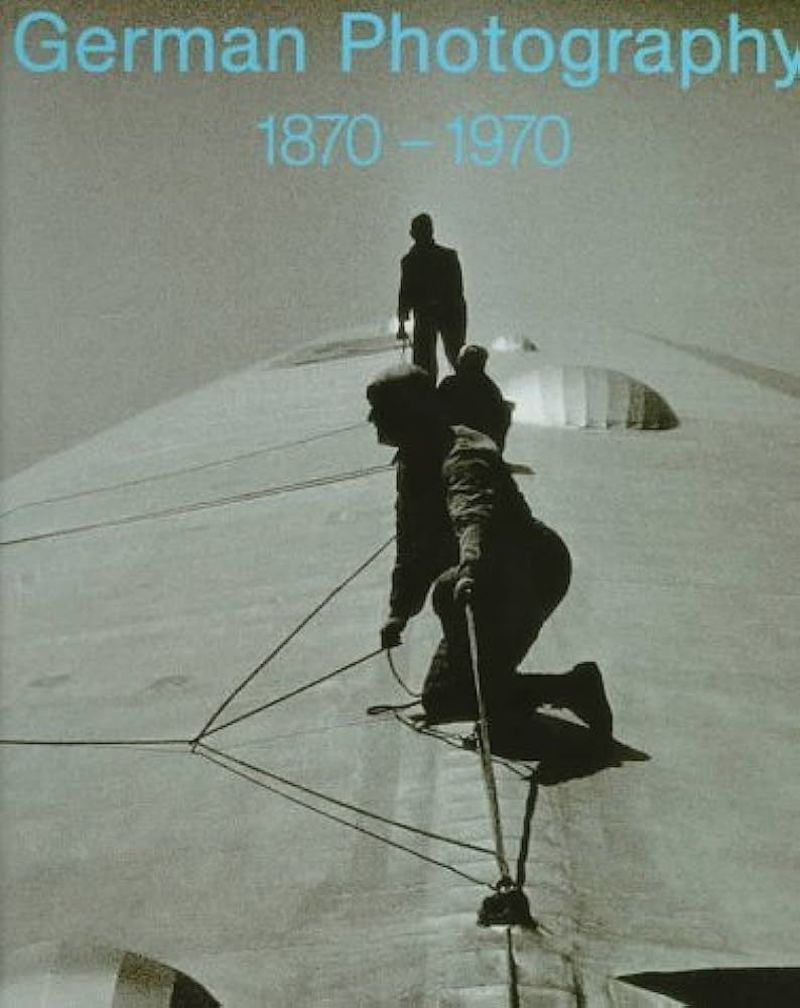German photography of the late nineteenth and twentieth centuries has long been overshadowed by other forms of German art produced during this period. Yet many German photographers working then - August Sander, meticulous recorder of life in Cologne; various photographers who have been linked to the Bauhaus movement; the mostly Jewish photojournalists of the golden twenties; and more recently, Hilla and Bernd Becher, with their series of pithead frames and water towers - are justly renowned for their work. This superbly illustrated book examines the different levels and purposes of German photography from 1870 to 1970: art, photojournalism, propaganda, advertising, and architectural and fashion photography. Setting the historical background before which the use and abuse of photography takes place, the authors examine the extent that photography was influenced by the German nationalist movement, the changes it underwent during the reign of Kaiser Wilhelm II, its links to the avantgarde movements, and its development through the world wars and the Cold War. The authors reveal new and astonishing insights into such subjects as the influence of Soviet, Hungarian, and Czech photography in the Weimar Republic, the role of photography in Nazi propaganda, the depiction of Jewish life during the Third Reich in private and official photographs, and the different uses of photography in both German states after World War II. With biographies of all photographers of major importance and hundreds of photographs in color and black and white, the book is a treasure trove for all lovers of photography and German culture. This book was published to accompany the exhibition at the Kunst-und Ausstellungshalle in Bonn, Germany, from 7 May to 24 August 1997.
- / Mentioned
- / Mentioned
- / Mentioned
- / Mentioned
